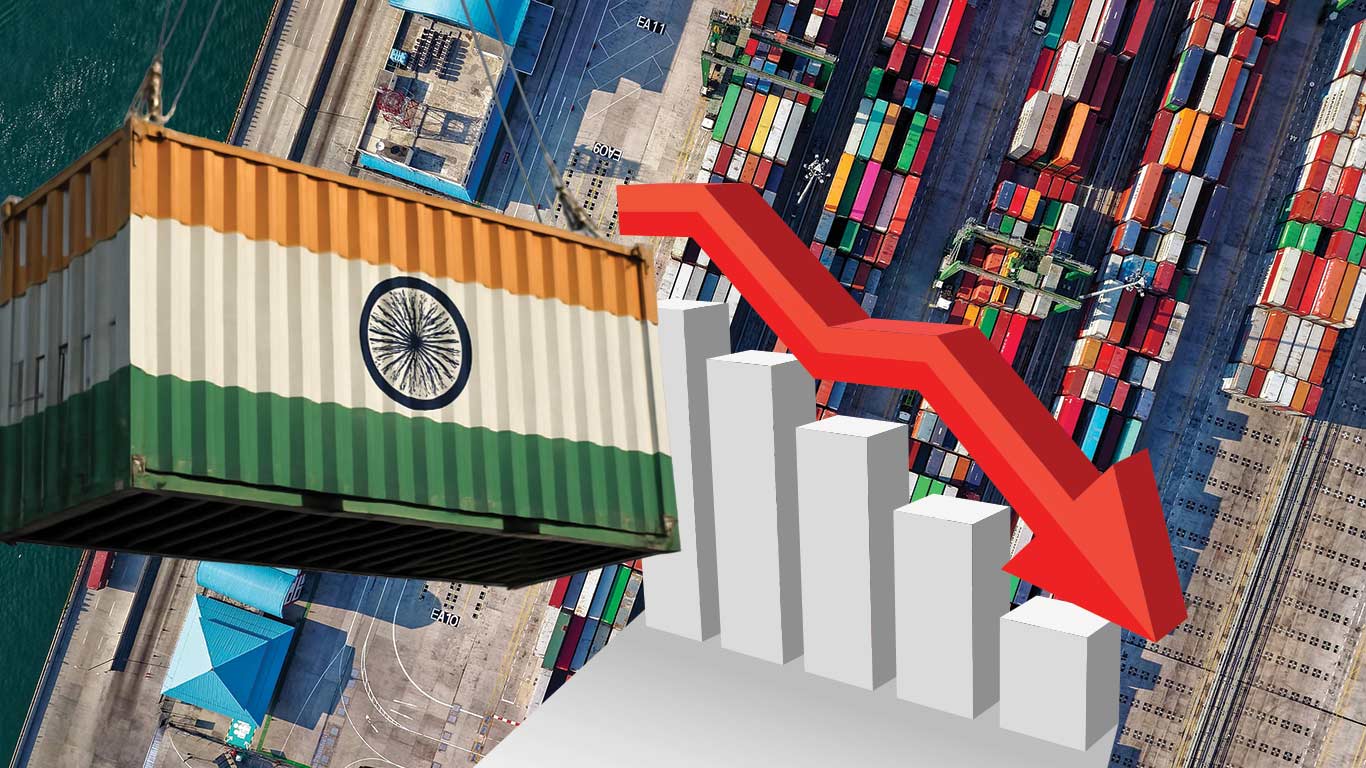
FTA talks with EU, Chile, New Zealand may conclude this year as India seeks export markets, rare‑earth supplies
NEW DELHI : Negotiations for free trade agreements (FTA) with the European Union, Chile and New Zealand is likely to be concluded by the year-end, people familiar with the matter told Moneycontrol, as India looks to boost export diversification, particularly in labour-intensive sectors, and secure supply of rare earth minerals.
While the Commerce Ministry is fast-tracking talks with the EU to increase exports of goods like apparel and footwear, reeling under a 50 percent levy declared by US President Trump, a quicker trade deal with Chile and New Zealand could further support diversification, one source added.
India-EU Trade
A second source said that the EU trade deal could even happen by November, given a certain level of consensus on key issues such as automobiles, whisky and wine, on which the 27-nation bloc is seeking significant tariff reductions.
India currently levies a 150 percent tariff on wines from the European bloc, while the import duty on completely built-up (CBU) passenger vehicles is 110 percent for cars costing over $40,000, and 70 percent for cars costing up to $40,000.
India on its part is pushing for tariff reductions on labour-intensive exports such as textiles, leather along with gems & jewellery, as part of talks for a free trade agreement with the EU.
A senior team of EU negotiators arrived in New Delhi on November 3 to hold talks with their Indian counterparts until November 7 to resolve outstanding issues and expedite the trade agreement.
The EU is India’s largest trading partner, accounting for 12.2 percent of Indian trade, ahead of the US (10.8 percent) and China (10.5 percent). The 27-nation bloc is the second-largest destination for Indian exports after the United States.
India-Chile Relations
Through an FTA with Chile, India is aiming to diversify its critical mineral procurement, as China recently tightened export controls on rare earths and magnets used in electronics, EVs, and military equipment, adding to restrictions imposed in April, 2025.
India and Chile held the third round of negotiations for the proposed deal in October, after signing the Terms of Reference (ToR) for a Comprehensive Economic Partnership Agreement (CEPA) in May 2025.
The CEPA aims to build upon the existing agreement between the two nations and seeks to encompass a broader range of sectors, including digital services, investment promotion and cooperation, MSME, critical minerals etc, thereby enhancing economic integration and cooperation.
India-New Zealand Trade Talks
The fourth round of talks for the proposed FTA between India and New Zealand is taking place between from November 3-7 in Auckland, focusing on trade in goods, services and Rules of Origin. Both sides are working to build on the progress achieved in earlier rounds, reach convergence on outstanding issues, and move towards an early conclusion of the FTA, the Commerce Ministry said on November 3.
Both nations had launched negotiations for a trade deal in March. India and New Zealand’s bilateral relationship has been on an upward trajectory, with merchandise trade reaching $1.3 billion in 2024–25, a year-on-year growth of 48.6 percent.
India’s major exports to New Zealand include pharmaceuticals, machinery, precious metals and stones, textiles, vehicles, and apparel, it imports wool, iron and steel, aluminium, fruits and nuts, wood pulp, among others from Wellington.
